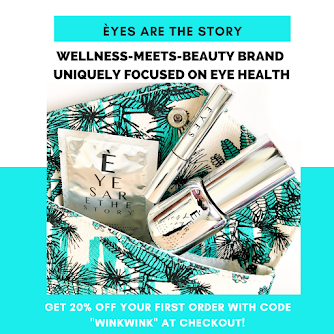New Study: More Time Outdoors Related to Decreased Near-Sightedness?
7:50 AM
A new longitudinal study out of Bristol University continues to support other recent correlational data that time outdoors playing seems to be related to a decreased risk for poor distance vision. Near-sightedness or myopia is a refractive condition where the person sees well up close, but very poorly in the distance. Click here for more details. In the past, data has supported that more time reading as a child is associated with myopia, but in this new study, time indoors (not specifically reading) also appears to have a link.
 |
| Colleague Dr. Joy Ellenberger and a young patient Photo Via Smith Eye Care |
High Time Outdoors = 3 or more hours in summer, 1 or more in winter
Low Time Outdoors = anything less
Those children spending "high time" outdoors were much more likely to have normal vision.
In the past, myopia development has been theoretically linked to near strain, like long hours reading. New research however is showing that bright light may be essential in the developing eye. Bright outdoor light stimulates the release of dopamine, a neurotransmitter, in the brain. Research on baby chicks has shown that higher levels of dopamine in the brain and retinal cells is correlated with less risk of myopia.
 Other research out of the University of Alabama at Birmingham (also home to an optometry school!) has shown that bright light exposure in tree shrews appears to minimize the risk for myopia. Researchers with this study purport that their findings in future may supports increasing lighting intensity at schools to help prevents or slow myopia development
Other research out of the University of Alabama at Birmingham (also home to an optometry school!) has shown that bright light exposure in tree shrews appears to minimize the risk for myopia. Researchers with this study purport that their findings in future may supports increasing lighting intensity at schools to help prevents or slow myopia developmentThere is still much to understand in the relationship between sun exposure and vision development, and we can't forget about the risk of UV damage to the skin and eyes with prolonged times outdoors. I do recommend bright lighting conditions for reading in all of my young patients, and encourage outdoor sport participation for those with a high genetic risk for myopia or children starting to show myopia at a young age. And don't forget that sunglasses are still highly recommended to protect the eye from damaging UV rays!


















1 comments
My Physiology Professor in college used this joke to illustrate the difference between causation and correlation. http://jokes.cc.com/funny-doctor/fj9nmq/the-scientist-and-the-frog
ReplyDelete